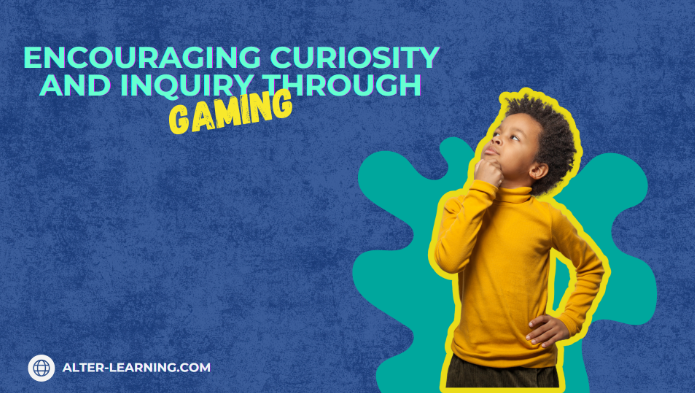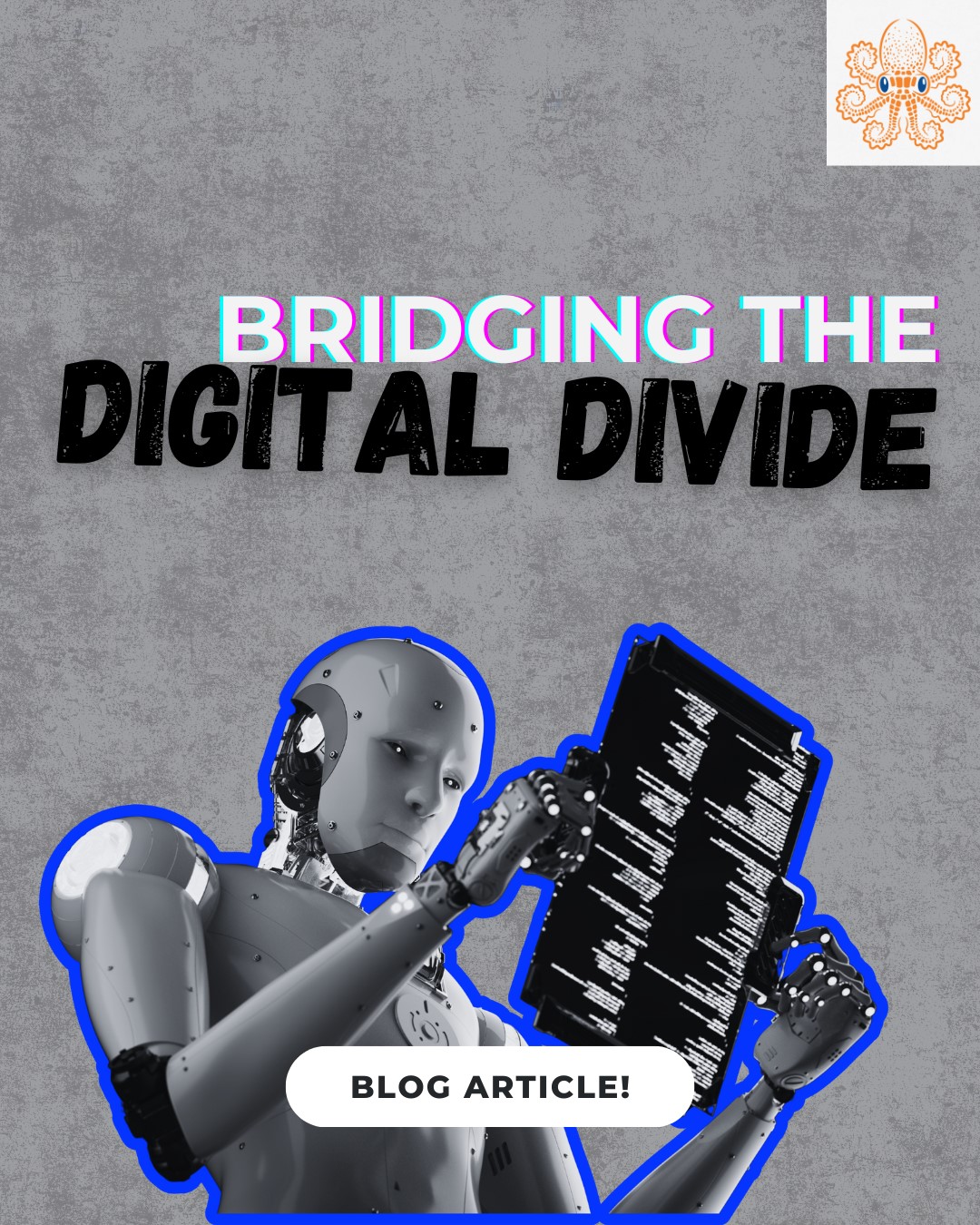Great learning doesn’t begin with answers—it begins with questions. Why does this work? What happens if I change that? How does this connect to the world around me? At its best, education sparks a sense of wonder that leads students to explore, experiment, and investigate. This is the essence of inquiry-based learning, and educational games are uniquely positioned to nurture it.
Rather than passively receiving information, students in game-based environments like Alter-Learning can pose questions, test ideas, and actively pursue knowledge. When designed with intention, educational games can help cultivate not only curiosity—but the critical thinking and problem-solving skills that curiosity requires.
Why Curiosity Matters in Learning
Curiosity fuels engagement. It motivates students to go deeper, stay longer, and care more about what they’re learning. In inquiry-based education, learners:
- Start with questions, not lectures,
- Investigate real-world problems,
- Test hypotheses and draw conclusions,
- Reflect on outcomes and iterate,
- Connect ideas across disciplines.
This type of active learning has been linked to stronger retention, higher engagement, and improved problem-solving abilities. And in the hands of curious learners, games can become powerful labs of discovery.
Game-Based Features That Encourage Inquiry
Unlike static materials, games invite interaction. Students don’t just observe—they participate. This participatory design opens the door to inquiry by letting students explore freely and respond to feedback in real time.
Some game-based features that support curiosity and inquiry include:
- Open-ended challenges, where students must figure out how to succeed through experimentation,
- Exploration-based environments, where discovering new spaces reveals new ideas,
- Narrative puzzles, encouraging players to uncover backstory and meaning through investigation,
- Systems-based gameplay, where variables interact in ways students can test and influence,
- Feedback loops, offering students clues and consequences based on their decisions.
Together, these elements create learning environments where students are encouraged to ask, “What if?”—and discover the answers through play.
Putting Curiosity into Practice: Examples from the Alter-Learning Platform
Games on the Alter-Learning platform are developed with an emphasis on exploration, creativity, and problem-solving. Many titles are structured not around delivering answers, but around empowering students to ask better questions.
- In science-based simulations, students might investigate plant growth, chemical reactions, or ecosystems through observation and experimentation—learning through trial, not memorization.
- In engineering challenges, players test different solutions, gather feedback, and refine their designs—mirroring real-world innovation processes.
- In historical explorations, students discover clues about ancient civilizations, requiring them to piece together cultural and geographic insights.
- In interactive arts environments, learners experiment with music or visual composition, developing their own aesthetic and creative approaches.
Rather than prescribing a right way, these games present open frameworks—where curiosity becomes the driving force behind learning.
Empowering Teachers to Guide Inquiry-Based Gaming
For educators, the shift toward inquiry-based learning through games doesn’t mean stepping back—it means stepping alongside. Teachers can amplify the value of curiosity in the classroom by:
- Starting with essential questions that guide exploration,
- Creating reflection opportunities before, during, and after gameplay,
- Encouraging students to document their thinking and hypotheses,
- Connecting in-game discoveries to broader academic concepts,
- Offering space for discussion and collaborative inquiry.
These strategies help ensure that students not only explore—but also think critically about what they’re discovering.
Curiosity as a Lifelong Skill
Curiosity isn’t just an academic asset—it’s a life skill. It drives innovation, resilience, and adaptability. In a world defined by change, students who know how to ask questions—and seek out the answers—are better equipped to thrive.
Educational games can support that journey. They offer immersive learning environments that reward exploration, embrace trial and error, and keep students engaged not by telling them what to think—but by encouraging them to think more deeply.
Alter-Learning’s games are designed to support this mindset—inviting students to investigate, collaborate, and stay curious. Because in learning, curiosity isn’t a distraction—it’s the spark that lights the way forward.
Follow Alter-Learning for more insights into immersive education, edtech success stories, and the future of learning. Want to explore how VR/AR could transform your school or learning platform? Let’s connect.




